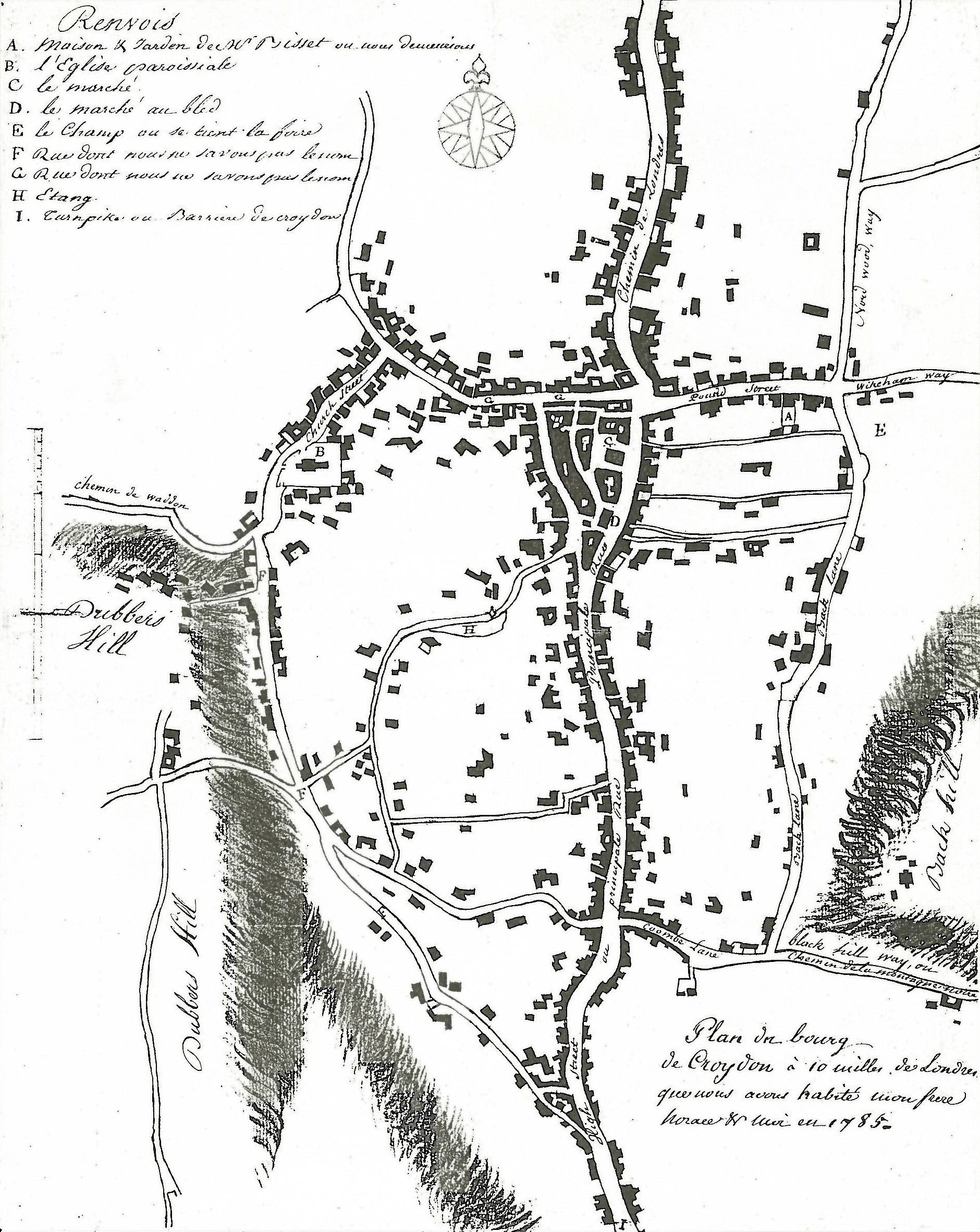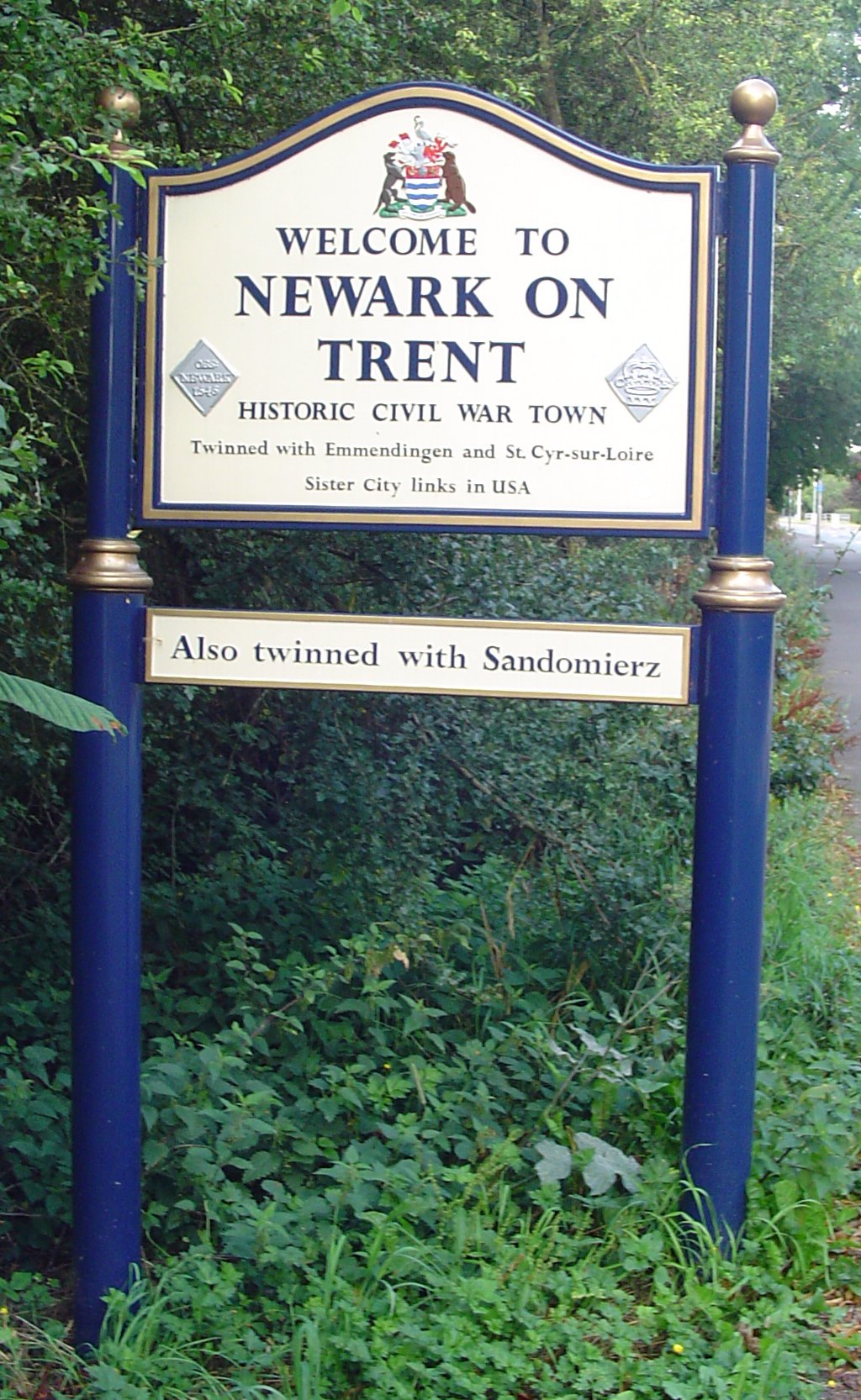|
Worthington Simpson
Worthington-Simpson was a British pump manufacturer. Many of their pumps were used in municipal waterworks in Great Britain. The company has its roots in a steam engine workshop founded by Thomas Simpson around 1785. His sons took over the workshop and founded James Simpson & Co., which became Worthington Pump Co. through a merger in 1903, renamed Worthington-Simpson in 1917. It continued as an independent pump manufacturer until 1969, when it became a subsidiary of Studebaker-Worthington. A series of mergers and divestitures followed. The successor company as of 2013, formed through a number of mergers, is Flowserve. Origins In 1785 Thomas Simpson, an engineer, set up the Lambeth Waterworks. At first a small company, it supplied water to parts of Southwark and Vauxhall from pumping works on the south side of the River Thames. Simpson was engineer to this company for the next forty-one years. He also became engineer of the Chelsea Waterworks Company. Simpson set up a workshop fo ... [...More Info...] [...Related Items...] OR: [Wikipedia] [Google] [Baidu] |
Studebaker-Worthington
Studebaker-Worthington was a diversified American manufacturer created in 1967 through a merger of Studebaker-Packard Corporation, Wagner Electric and Worthington Corporation. The company was in turn acquired by McGraw-Edison in 1979. Origins Founded in 1852, Studebaker began as a wagon manufacturer which eventually entered the automobile business in the early 1900s. However, since the early 1950s sales had been steadily declining resulting in a lack of funds to develop new models. In December 1963 Randolph H. Guthrie, chairman of Studebaker, announced that the company was closing down its automobile factory in South Bend Indiana, where it had made cars for 50 years, but would continue to make cars in Hamilton, Ontario. In 1965 auto sales were slightly less than $45 million. On 4 March 1966 Studebaker announced the termination of auto production after less than 9,000 1966 models had been produced. Management said the decision was due to "heavy and irreversible losses" in the aut ... [...More Info...] [...Related Items...] OR: [Wikipedia] [Google] [Baidu] |
Hartlepool
Hartlepool () is a seaside and port town in County Durham, England. It is the largest settlement and administrative centre of the Borough of Hartlepool. With an estimated population of 90,123, it is the second-largest settlement in County Durham. Hartlepool is locally administrated by Hartlepool Borough Council, a unitary authority which also administrates outlying villages of Seaton Carew, Greatham, Hart Village, Dalton Piercy and Elwick. Hartlepool was founded in the 7th century, around the monastery of Hartlepool Abbey. The village grew in the Middle Ages and its harbour served as the official port of the County Palatine of Durham. After a railway link from the north was established from the South Durham coal fields, an additional link from the south, in 1835, together with a new port, resulted in further expansion, with the new town of West Hartlepool. Industrialisation in northern England and the start of a shipbuilding industry in the later part of the 19t ... [...More Info...] [...Related Items...] OR: [Wikipedia] [Google] [Baidu] |
Croydon, Surrey
Croydon is a large town in South London, south London, England, south of Charing Cross. Part of the London Borough of Croydon, a Districts of England, local government district of Greater London. It is one of the largest commercial districts in Greater London, with an extensive shopping district and night-time economy. The entire town had a population of 192,064 as of 2011, whilst the wider borough had a population of 384,837. Historically an ancient parish in the Wallington Hundred, Wallington hundred of Surrey, at the time of the Norman conquest of England Croydon had a church, a mill, and around 365 inhabitants, as recorded in the Domesday Book of 1086. Croydon expanded in the Middle Ages as a market town and a centre for charcoal production, leather tanning and brewing. The Surrey Iron Railway from Croydon to Wandsworth opened in 1803 and was an early public railway. Later 19th century railway building facilitated Croydon's growth as a commuter town for London. By the early ... [...More Info...] [...Related Items...] OR: [Wikipedia] [Google] [Baidu] |
Porthtowan
Porthtowan ( kw, Porth Tewyn, meaning ''cove of sand dunes'') is a small village in Cornwall, England which is a popular summer tourist destination. Porthtowan is on Cornwall's north Atlantic coast about west of St Agnes, north of Redruth, west of Truro and southwest of Newquay in the Cornwall and West Devon Mining Landscape, a World Heritage Site. Porthtowan is popular with surfers and industrial archaeologists; former mine stacks and engine houses dot the landscape. Geography Porthtowan lies along the Godrevy Head to St Agnes heritage coast, which is located on the north Cornwall coast of the Celtic Sea in the Atlantic Ocean. It lies between Godrevy Head (with the Godrevy Towans) and St Agnes Head, north of the village of St Agnes.Ordnance Survey: Landranger map sheet 203 ''Land's End'' ''St Agnes Herita ... [...More Info...] [...Related Items...] OR: [Wikipedia] [Google] [Baidu] |
Newark-on-Trent
Newark-on-Trent or Newark () is a market town and civil parish in the Newark and Sherwood district in Nottinghamshire, England. It is on the River Trent, and was historically a major inland port. The A1 road (Great Britain), A1 road bypasses the town on the line of the ancient Great North Road (Great Britain), Great North Road. The town's origins are likely to be Roman Britain, Roman, as it lies on a major Roman road, the Fosse Way. It grew up round Newark Castle, Nottinghamshire, Newark Castle and as a centre for the wool and cloth trades. In the English Civil War, it was besieged by Roundheads, Parliamentary forces and Relief of Newark, relieved by Cavaliers, Royalist forces under Prince Rupert. Newark has a market place lined with many historical buildings and one of its most notable landmark is Church of St Mary Magdalene, Newark-on-Trent, St Mary Magdalene church with its towering spire at high and the highest structure in the town. The church is the tallest church in Nott ... [...More Info...] [...Related Items...] OR: [Wikipedia] [Google] [Baidu] |
Balderton
Balderton is a village and civil parish in Nottinghamshire, England, which had a population of 9,757 at the 2011 Census. Balderton is one of the largest villages in Nottinghamshire, although it may be more properly considered a suburb of Newark-on-Trent, which is almost adjacent to the north-west. Balderton is split into Old Balderton, the southern part of the village, and New Balderton. Geography The busy A1 trunk road once ran through the village, but now skirts Balderton to the west and south. The old A1 near the site of the hospital/hall was called the Ramper. The East Coast Main Line railway between London and Edinburgh crosses the parish north of the village; the nearest station is Newark North Gate. Balderton was also once on the Great North Road. The soil is mostly alluvial clays. Large deposits of gravel and sand were excavated in New Balderton, and the resulting pits were turned into a lakeside park. Gypsum is still mined nearby. The surrounding area is mostly agr ... [...More Info...] [...Related Items...] OR: [Wikipedia] [Google] [Baidu] |
Oxford
Oxford () is a city in England. It is the county town and only city of Oxfordshire. In 2020, its population was estimated at 151,584. It is north-west of London, south-east of Birmingham and north-east of Bristol. The city is home to the University of Oxford, the oldest university in the English-speaking world; it has buildings in every style of English architecture since late Anglo-Saxon. Oxford's industries include motor manufacturing, education, publishing, information technology and science. History The history of Oxford in England dates back to its original settlement in the Saxon period. Originally of strategic significance due to its controlling location on the upper reaches of the River Thames at its junction with the River Cherwell, the town grew in national importance during the early Norman period, and in the late 12th century became home to the fledgling University of Oxford. The city was besieged during The Anarchy in 1142. The university rose to dom ... [...More Info...] [...Related Items...] OR: [Wikipedia] [Google] [Baidu] |
Khartoum
Khartoum or Khartum ( ; ar, الخرطوم, Al-Khurṭūm, din, Kaartuɔ̈m) is the capital of Sudan. With a population of 5,274,321, its metropolitan area is the largest in Sudan. It is located at the confluence of the White Nile, flowing north from Lake Victoria, and the Blue Nile, flowing west from Lake Tana in Ethiopia. The place where the two Niles meet is known as ''al-Mogran'' or ''al-Muqran'' (; English: "The Confluence"). From there, the Nile continues north towards Egypt and the Mediterranean Sea. Divided by these two parts of the Nile, Khartoum is a tripartite metropolis with an estimated population of over five million people, consisting of Khartoum proper, and linked by bridges to Khartoum North ( ) and Omdurman ( ) to the west. Khartoum was founded in 1821 as part of Egypt, north of the ancient city of Soba. While the United Kingdom exerted power over Egypt, it left administration of the Sudan to it until Mahdist forces took over Khartoum. The British atte ... [...More Info...] [...Related Items...] OR: [Wikipedia] [Google] [Baidu] |
Charles George Gordon
Major-general (United Kingdom), Major-General Charles George Gordon Companion of the Order of the Bath, CB (28 January 1833 – 26 January 1885), also known as Chinese Gordon, Gordon Pasha, and Gordon of Khartoum, was a British Army officer and administrator. He saw action in the Crimean War as an officer in the British Army. However, he made his military reputation in Qing Dynasty#Rebellion, unrest and external pressure, China, where he was placed in command of the "Ever Victorious Army", a force of Chinese soldiers led by European officers which was instrumental in putting down the Taiping Rebellion, regularly defeating much larger forces. For these accomplishments, he was given the nickname "Chinese Gordon" and honours from both the Emperor of China and the British. He entered the service of the Isma'il Pasha, Khedive of Egypt in 1873 (with British government approval) and later became the List of governors of pre-independence Sudan, Governor-General of the Sudan, where he di ... [...More Info...] [...Related Items...] OR: [Wikipedia] [Google] [Baidu] |
Nile Expedition
The Nile Expedition, sometimes called the Gordon Relief Expedition (1884–85), was a British mission to relieve Major-General Charles George Gordon at Khartoum, Sudan. Gordon had been sent to the Sudan to help Egyptians evacuate from Sudan after Britain decided to abandon the country in the face of a rebellion led by self-proclaimed Mahdi, Mahommed Ahmed. A contingent of Canadians was recruited to help the British navigate their small boats up the Nile River. The Nile Expedition was the first overseas expedition by Canadians in a British imperial conflict, although the Nile Voyageurs were civilian employees and did not wear uniforms. The expedition was commanded by Garnet Wolseley. After Commander Herbert Stewart was mortally wounded, Brigadier-General Charles William Wilson took command of an advance party of about 1,400 men. On two Nile steamers Wilson's Desert Column reached Khartoum in the afternoon of 28 January 1885. It came two days too late: Khartoum had been seize ... [...More Info...] [...Related Items...] OR: [Wikipedia] [Google] [Baidu] |
Berlin
Berlin ( , ) is the capital and largest city of Germany by both area and population. Its 3.7 million inhabitants make it the European Union's most populous city, according to population within city limits. One of Germany's sixteen constituent states, Berlin is surrounded by the State of Brandenburg and contiguous with Potsdam, Brandenburg's capital. Berlin's urban area, which has a population of around 4.5 million, is the second most populous urban area in Germany after the Ruhr. The Berlin-Brandenburg capital region has around 6.2 million inhabitants and is Germany's third-largest metropolitan region after the Rhine-Ruhr and Rhine-Main regions. Berlin straddles the banks of the Spree, which flows into the Havel (a tributary of the Elbe) in the western borough of Spandau. Among the city's main topographical features are the many lakes in the western and southeastern boroughs formed by the Spree, Havel and Dahme, the largest of which is Lake Müggelsee. Due to its l ... [...More Info...] [...Related Items...] OR: [Wikipedia] [Google] [Baidu] |
Woolf Compound Pumping Engine
Arthur Woolf (1766, Camborne, Cornwall – 16 October 1837, Guernsey) was a Cornish engineer, most famous for inventing a high-pressure compound steam engine. As such he made an outstanding contribution to the development and perfection of the Cornish engine. Woolf left Cornwall in 1785 to work for Joseph Bramah's engineering works in London. He worked there and at other firms as an engineer and engine builder until 1811 experimenting with high pressure steam and a much improved boiler. Whereupon he returned to Cornwall. Michael Loam, inventor of the man engine, was trained by him. When he returned to Cornwall, beam engine designs were crude, shackled by outdated Watt patents and poor engineering, struggling to compete with large water wheels, even used underground. He learned from Bramah that to move forward meant adopting much improved engineering techniques, for it was Bramah who invented quality control. Woolf was chief engineer to Harvey & Co of Hayle, the leading engine ... [...More Info...] [...Related Items...] OR: [Wikipedia] [Google] [Baidu] |








.jpg)


.png)